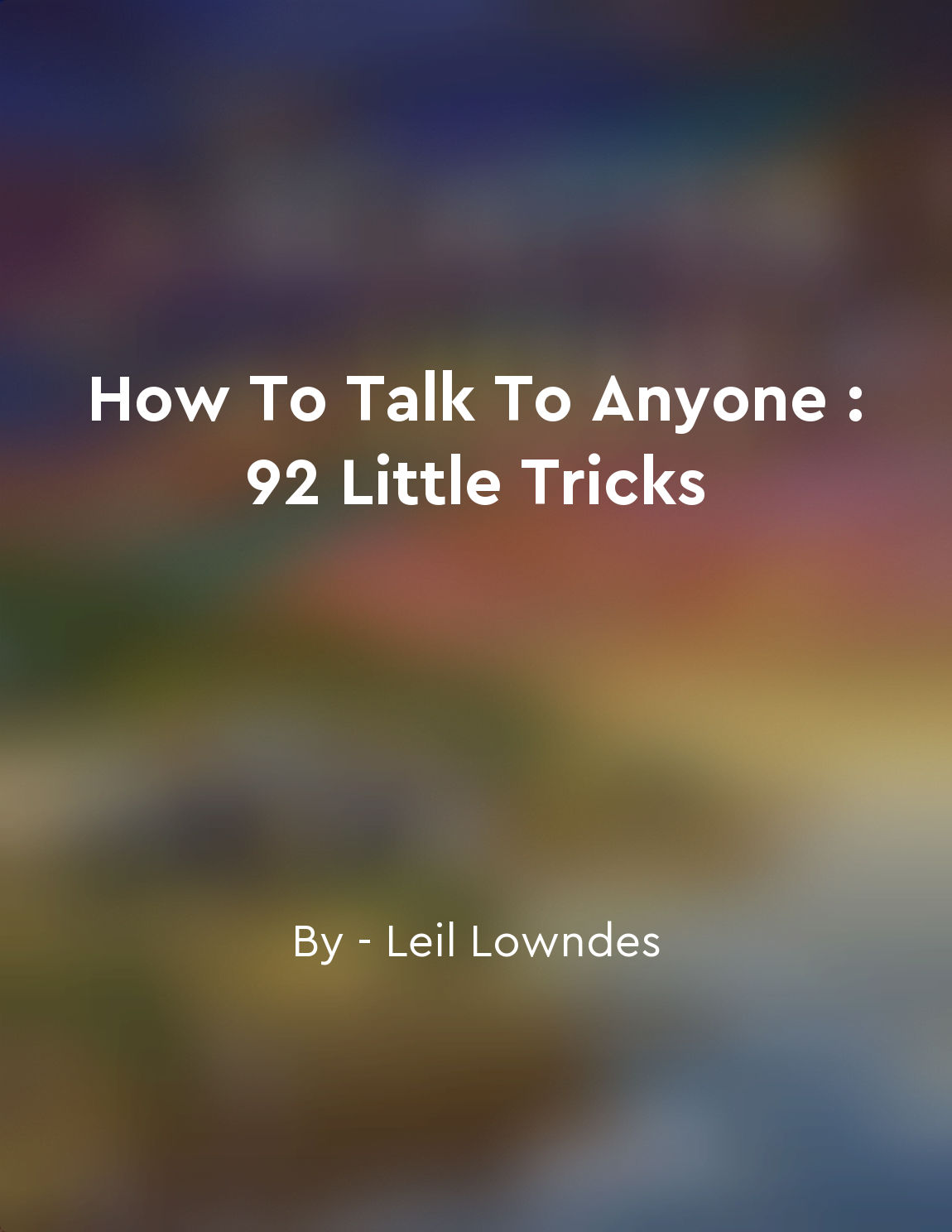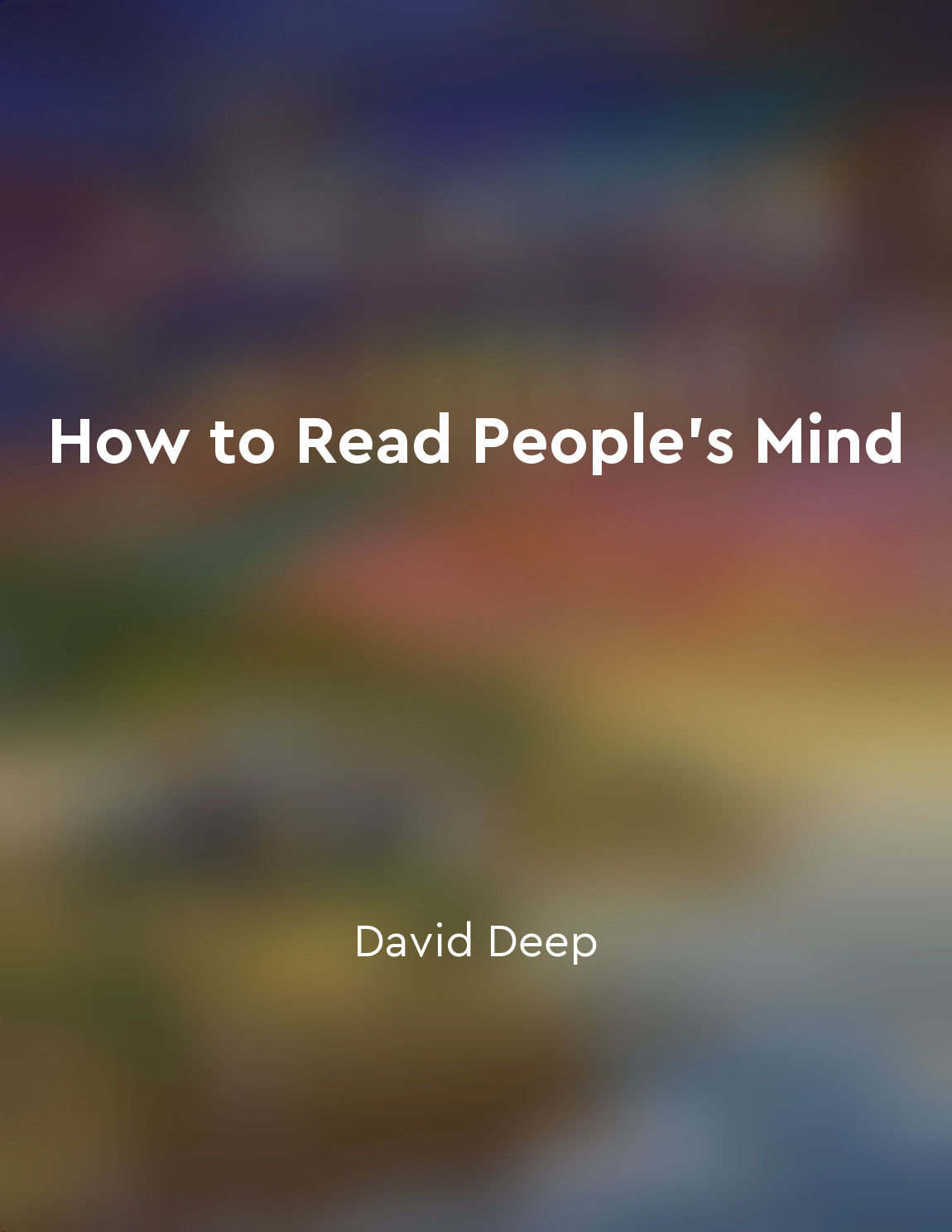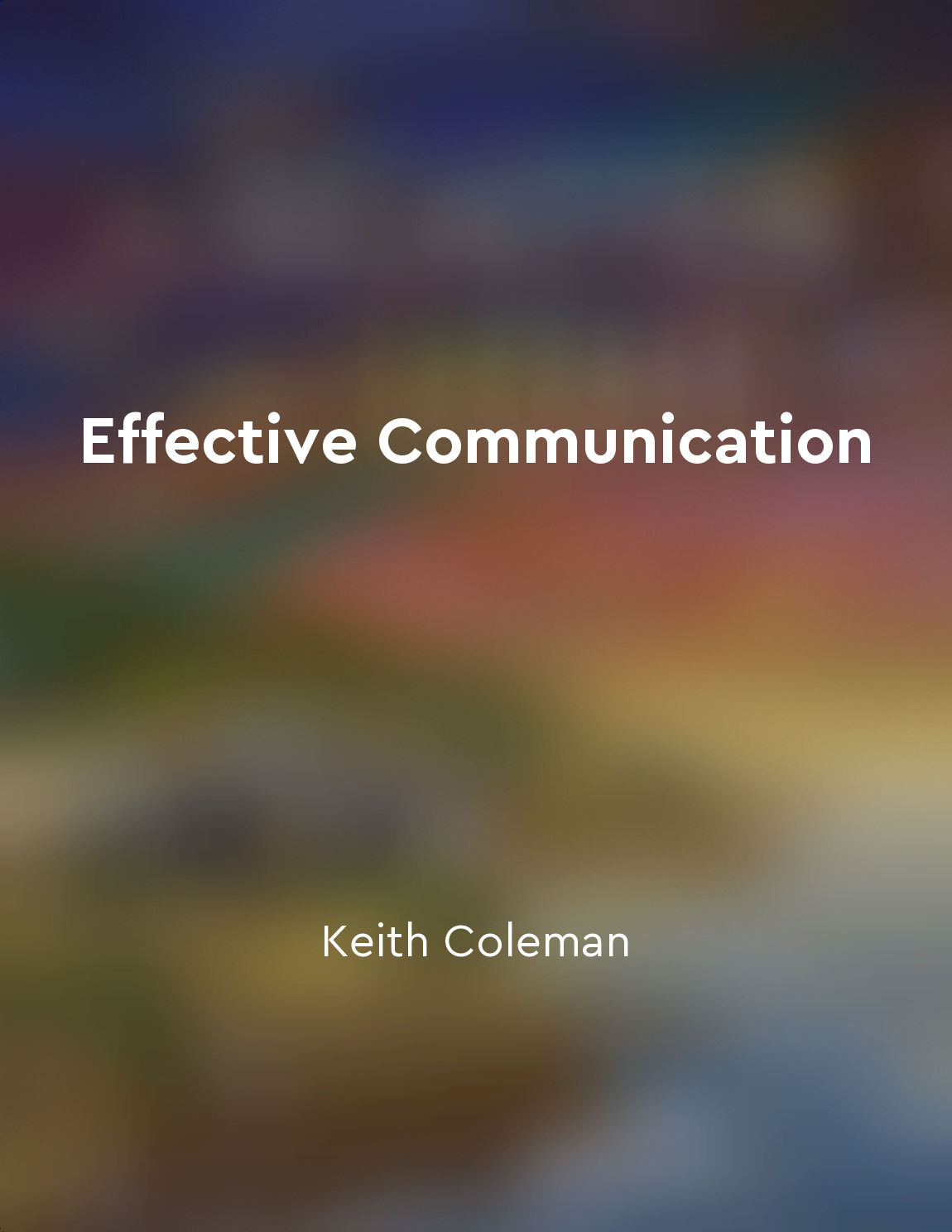Audio available in app
Nonverbal cues reveal true feelings from "summary" of How to Read a Person Like a Book by Gerard Nierenberg,Henry H. Calero
Nonverbal cues are a powerful form of communication that can reveal a person's true feelings, often more accurately than their words. These cues can include body language, facial expressions, gestures, posture, and tone of voice. By paying attention to these cues, you can gain insight into a person's emotions, attitudes, and intentions. For example, a person may say they are happy, but their crossed arms and furrowed brow may indicate otherwise. Similarly, someone may claim to be confident, but their fidgeting and avoidance of eye contact may suggest otherwise. By observing and interpreting these nonverbal cues, you can better understand what a person is really feeling, even when their words may not align with their true emotions. Nonverbal cues can also be more difficult to control than verbal communication, making them a more honest reflection of a person's inner thoughts and feelings. While someone may be able to carefully choose their words, it is much harder to conceal their true emotions through their body language and other nonverbal signals. This makes nonverbal cues a valuable tool for deciphering a person's true intentions and feelings. To effectively read nonverbal cues, it is important to pay attention to the context in which they occur. Different cues can have different meanings depending on the situation, so it is important to consider the overall context when interpreting someone's body language and other nonverbal signals. Additionally, it is important to look for clusters of cues rather than relying on a single gesture or expression, as multiple cues can provide a more accurate picture of a person's true feelings.- Nonverbal cues are a valuable source of information that can help you better understand the people around you. By learning to read and interpret these cues, you can gain valuable insights into a person's true emotions, attitudes, and intentions, allowing you to communicate more effectively and build stronger relationships.
Similar Posts
Games can be defense mechanisms for individuals
Games, according to the theory, are not just superficial pastimes or frivolous activities. They can be much more profound and m...
Connecting with the audience fosters engagement
Connecting with your audience is a crucial element in effective communication. When you are able to establish a connection with...
Setting boundaries is necessary to maintain healthy relationships
Boundaries are like fences that define where one person ends and another begins. They are necessary in maintaining healthy rela...
Embrace the power of active listening to enhance your communication skills
Active listening is a powerful tool that can greatly improve your communication skills. By actively listening to others, you de...

Avoid dominating conversations and allow others to speak
When you're talking to someone, it's important to remember to give them a chance to speak. No one likes a conversation hog, so ...

Recognize patterns in behavior to predict future actions
Understanding human behavior is a complex task that requires a keen eye for detail and the ability to recognize patterns. By ob...
Using paraphrasing can help confirm understanding and show empathy
When we engage in active listening by paraphrasing what someone has said, we demonstrate to them that we are truly trying to un...

Interpersonal skills are crucial in everyday interactions
Interpersonal skills are fundamental tools that we rely on daily to navigate the complex web of social interactions that make u...
Master the art of reading people to enhance your personal and professional success
Understanding how to read people is not a mere party trick. It is a valuable skill that can greatly impact your personal and pr...

Active listening is a key skill
Active listening is a vital skill in effective communication. It involves focusing fully on the speaker, understanding their me...

